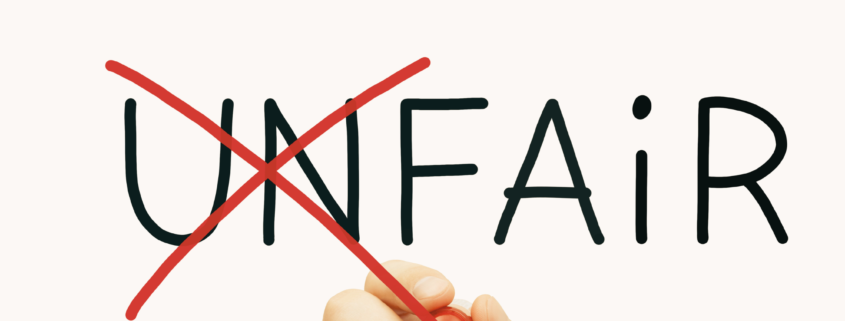It’s Not Fair
The Golden State Warriors were 1-3 down to the Toronto Raptors in the 2019 NBA Finals Playoffs when Kevin Durant made a return to the court after about a month layoff with a calf injury.
His presence made a difference and the Golden State won the game, taking the playoffs to 2-3. Kevin paid the price and left the court during the second quarter, with an injury related to the reasons he had missed the prior month.
Devastated the franchise’s President of Basketball Operations, Bob Myers, spoke about the decision to play him and also defended Durant against criticism that he didn’t care enough for the team to make a comeback. He also said:
It’s not fair.
Now I’m not sure if he was referring to the unwarranted criticism of this great player or the fact that he was injured…again.
I will address the injury side only, and with no intent to make any judgement on the decision to play. Finals are different, the stakes are higher, and this changes the decision making.
What I will talk about is how he got to being injured in the first place. It may not be fair, but that opens a whole discussion about what’s fair.
I actually believe the body is pretty fair. It gives us heaps of warnings -through pain messages, through changes in length, tension and stability/function. And if we don’t listen, it sends bigger messages. Higher level pain, higher level tension and reduced function.
At some point of time the body gives it up, and we have a real injury.
Now don’t get my message wrong, because I’m a big fan of Durant. As an athlete, as a basketball player, as a person who is willing to stand up to being judged, and as a person willing to prove his doubters wrong.
I don’t expect athletes to have all the decision making skills. They rely on, as Myers said, ‘experts’, to guide their decision making.
The mere fact that Durant got injured in the first place was a failure to provide him with the care and guidance that is possible. And not just Durant – any athlete, any person, who is the care of and reliant upon others to guide them. To make, as Myers said, ‘collaborative decisions’.
Injuries are not a new challenge. They are a growing challenge. I call it an epidemic, in fact. And those willing to look at the injury stats are beginning to agree, at least in relation to the well-documented rise in ACL surgeries in Australian sport.
However allow me to really alienate many in my and related professions – nothings going to change. Why? Because if your interpretation of the cause of injury is off-track, you are not going to solve the problem. And in my opinion, based on my four decade professional journey of seeking to understand and optimize human performance in sport, and based on my interpretation of the causes of these injuries – the interpretations of the causes is off-track.
It’s not fair that people judge Kevin for sitting out for a month with the intent to rehab his injury. But the body’s not fair. It gave enough messages. It’s unfair in a way that Kevin was not looked after in so much as preventing this injury in the first place. I mean, how many times do you have to see the patterns of injury to understand in an accurate sense the causes and therefore prevent their repeat?
Kevin is not the ‘lone ranger’. He just happens to be one of the more high profile examples.
There is a better way, and I’m hopeful for those athletes and others who gain access to a high level KSI Coach, because for us – one injury is one too many. And we operate on my fundamental belief that all injuries are predictable and preventable, and this is our aim. Do we always get it right? No, but we go pretty damn close. A lot closer that what is happening to those athletes and others who do not have a high level KSI coach to help them make collaborative decisions.




Great insight Ian.🙏🏽
Appreciate Gary!
Ian King
Same thing happened today here in Perth. AFL player Harley Bennell plagued by recurring calf injuries on left and right legs the past 3 years restricting him to one game for Fremantle since being traded from the Gold Coast Suns in 2015 where he also had calf problems, injured the achilles tendon of the same leg as his most recent injured calf (right) He has had at least a dozen breakdowns in 5 years the most recent on April 19th this year and 2 months later his career looks over. Seems like they continued with the same rehab process and then re-injury cycle over and over with the same result and ultimately a torn achilles. Which makes me wonder the true cause of these recurrences? Very sad for him 🙁
Yes tragic for any athlete or non-athlete. We can collectively do better. Thats out expectation, advocating for the athlete. Not everyone is going to agree with us. Our commitment is to an injury free career. Hopefully one day the world will share this expectation. However I am not holing my breath so to speak. What we can do is help athlete’s through one coach at a time seeking to achieve their full potential through the KSI Coaching program, which for me is the higher end of our program.